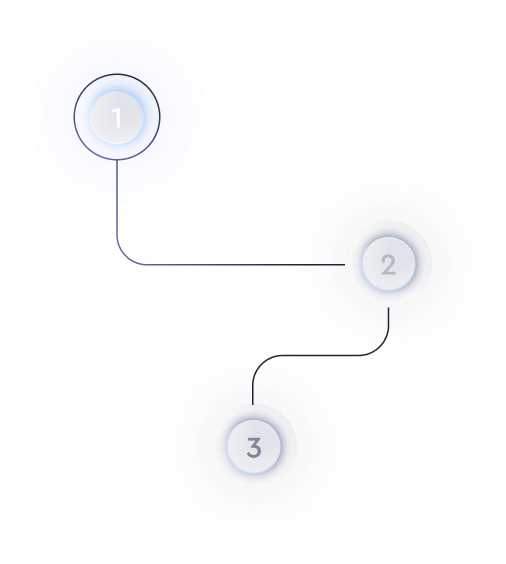How minifying CSS and JavaScript files improves load speed?
Introduction to Minification
Minification is the process of removing all unnecessary characters from source code without changing its functionality. This includes eliminating whitespace, comments, and formatting in CSS and JavaScript files, ultimately reducing the file size.
By reducing the file size, minification helps improve load speed of web pages, which is a critical factor for both user experience and search engine optimization.
Reasons Why Minification Improves Load Speed
- Reduced File Size: Smaller files mean less data needs to be transferred from the server to the client, resulting in faster downloads and rendering times.
- Fewer HTTP Requests: Minification can sometimes combine multiple CSS or JavaScript files into one, reducing the number of HTTP requests the server needs to handle.
- Improved Parsing Speed: Less code means that the browser can parse and execute scripts more quickly, enhancing the overall performance of web applications.
How Minification Works
The primary goal of minification is to decrease the amount of code that the browser needs to download and interpret. It involves several actions:
- Removing Whitespaces: All unnecessary spaces, tabs, and newline characters are eliminated.
- Eliminating Comments: Code comments are stripped away since they are not needed for execution.
- Shortening Variable Names: Longer variable names are replaced with shorter versions where possible.
- Collapsing CSS Shorthands: CSS properties are often simplified using shorthand syntax.
Implications on Website Performance
Minifying CSS and JavaScript can significantly enhance the load speed of a website, which directly affects user experience. Fast-loading pages are crucial for retaining users and reducing bounce rates.
Moreover, search engines like Google consider page load speed as a ranking factor. Thus, implementing minification can have a positive impact on search engine optimization (SEO) efforts.
Potential Downsides and Considerations
- Debugging Challenges: Minified code can be difficult to read, making debugging more challenging. Tools or source maps can help alleviate this issue by mapping the minified code back to the original source code.
- Compression Overhead: While minification can save bandwidth, the process itself requires computational resources that could impact build times.
Conclusion
Minifying CSS and JavaScript files is a straightforward yet effective technique for optimizing web performance. By reducing file size and complexity, websites deliver faster, more efficient user experiences, enhancing both engagement and SEO.
Incorporating minification into the development workflow is a worthwhile investment, especially for content-heavy or media-rich sites. While it comes with its set of challenges, the advantages outweigh the difficulties, making minification a valuable tool in the web developer's toolkit.

